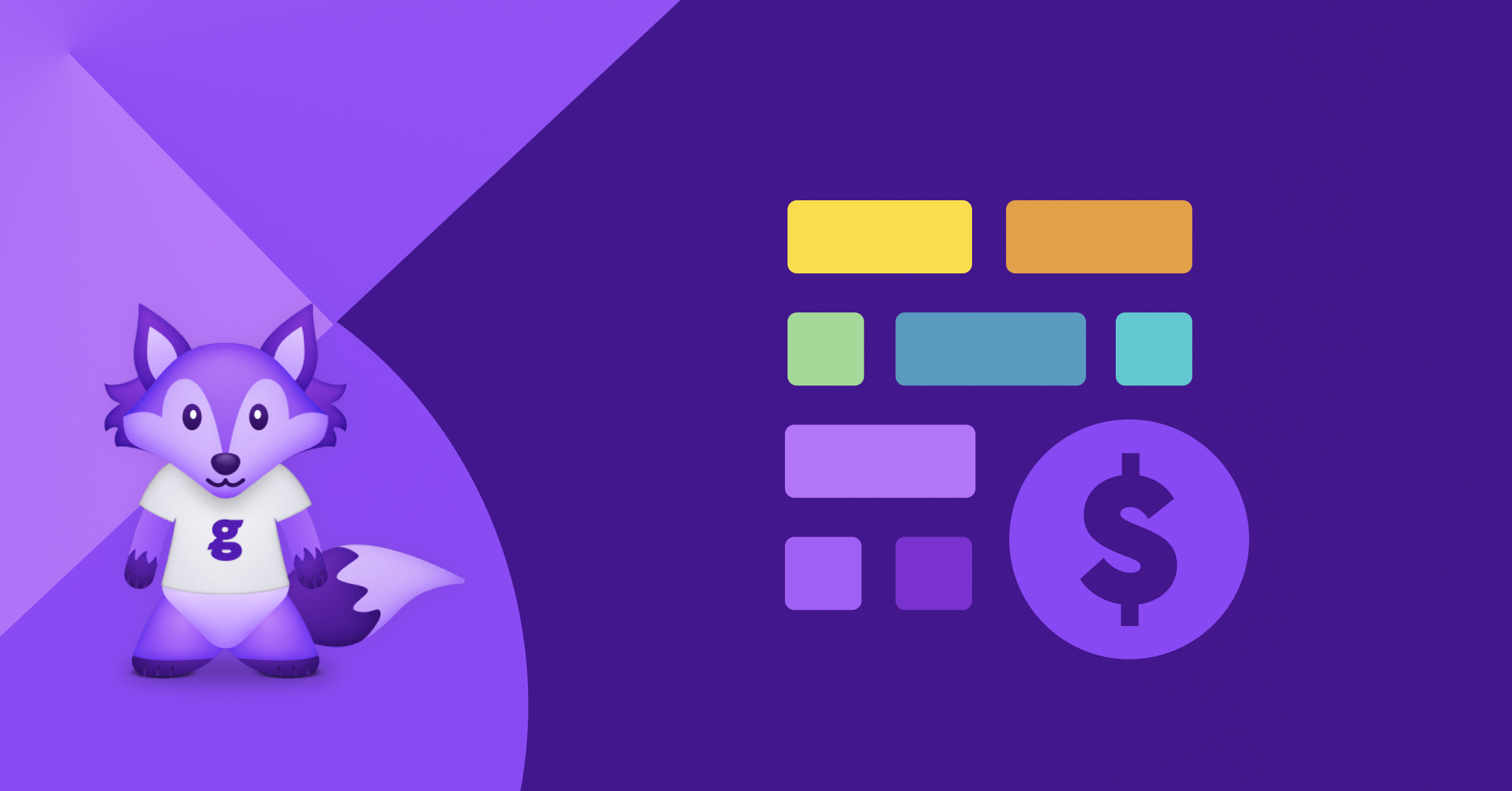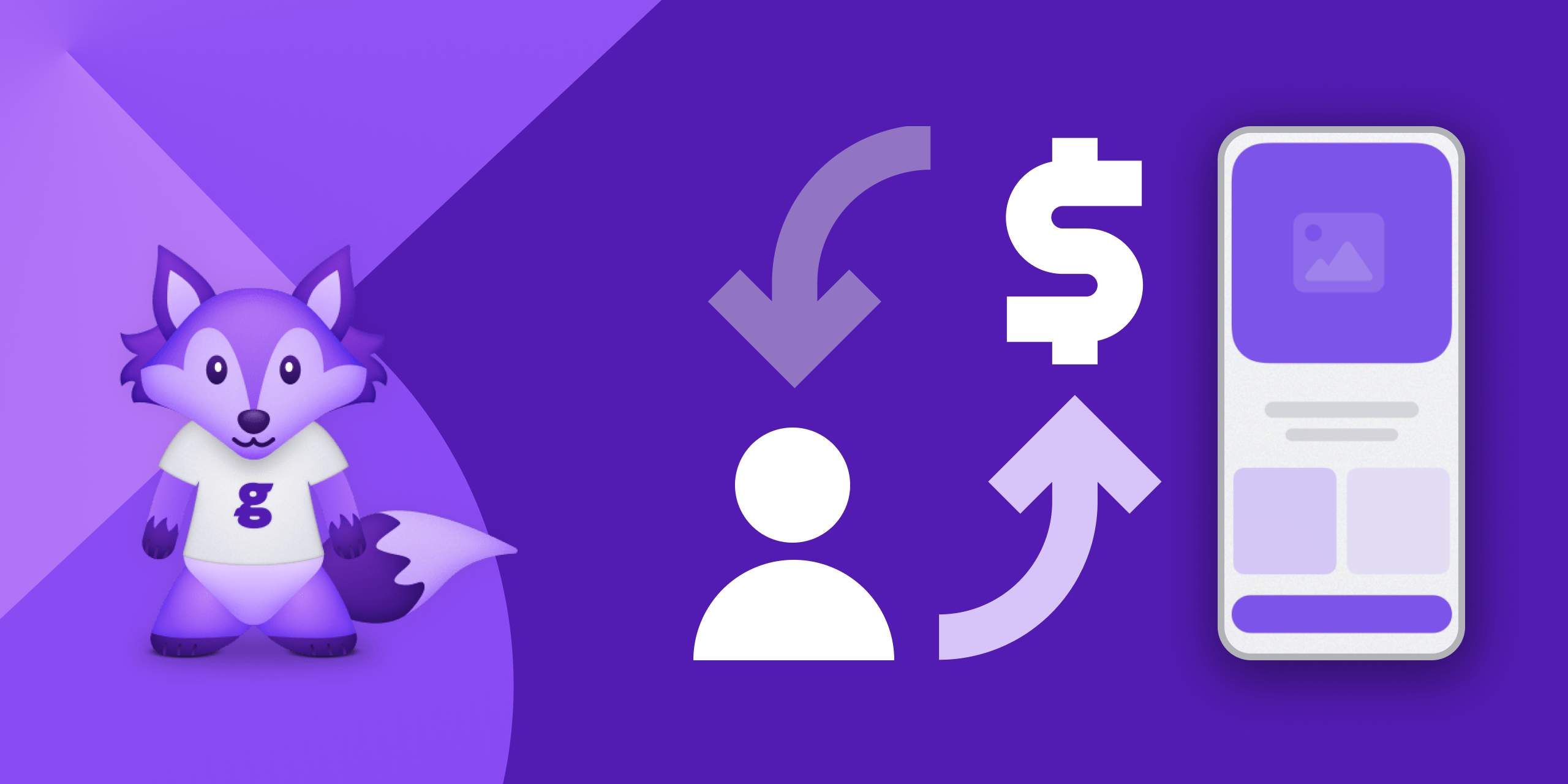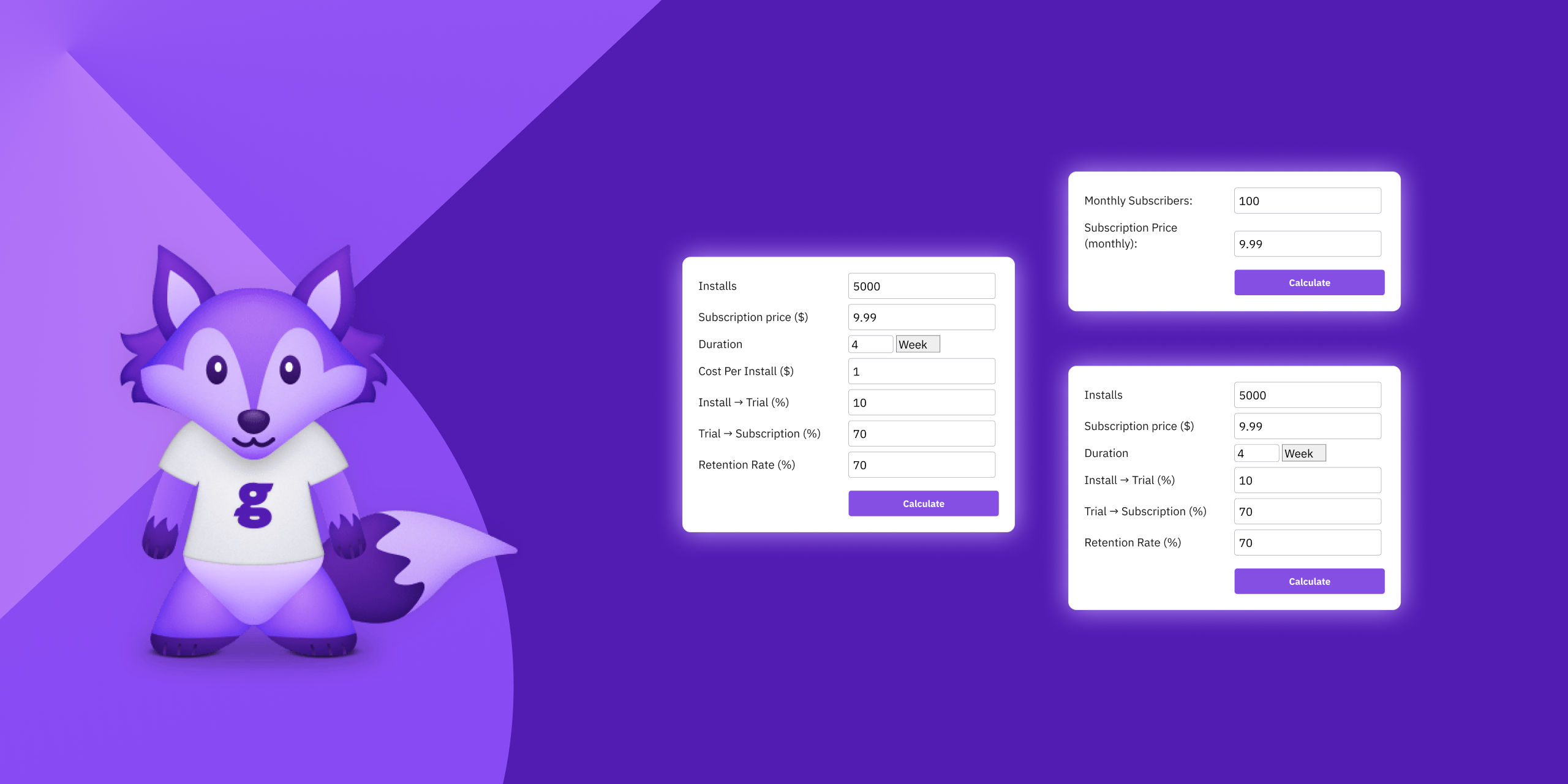Content
Data.ai State of App Revenue 2023: Quick Highlights and Takeaways

No surprise here, the global app economy is worth over $500 billion, and it doesn’t show signs of slowing down in the coming years. This growth is being driven by the increasing popularity of mobile devices, the rise of mobile commerce, and the growing demand for mobile-first experiences - in short… we are spending more and more time on mobile devices. Reminder, the average person spends over 3 hours per day on their mobile device (1 out of 5 people spend 4+ hours a dat), and this number is expected to continue to grow YoY as it has for…ever.
Reality check: Do we ever sit there and really remind ourselves how big that is?! We devote 25%+ of our waking hours daily to mobile apps.
Advertising is still the largest source of app revenue, but in-app purchases are growing rapidly. Advertising accounts for 67% of app revenue, while in-app purchases account for the remaining 33%.
Wait, that is important (especially for our Glassfy customers), lets open that up a bit further. The the share of in-app purchases is growing faster than advertising revenue in app revenue in 2023. In-app purchases are expected to grow by 10% in 2023, while advertising revenue is expected to grow by 6%. This is due to a number of factors, including the increasing popularity of freemium apps, the continued rise of mobile gaming, and the massive shift towards our day to day means being met with app functionality such as productivity apps (Notion, Obsidian, GoodNotes, etc.), Learning Apps (Duolingo, Masterclass, etc.), Traditional Media (The Times, Ground News, FT, etc.) and Social Media (you know the usuals.) This is another reminder why your revenue strategy needs to not only heavily start to be focused on IAPs/Subscriptions, but that you should be running a hybrid approach. Similar to what Disney+ did below to grab an additional chunk of missed opportunity of ads - offer a paid plan that still has ads.

The Geographic Landscape of Spending
The global app economy is worth over $500 billion and the United States is the largest app market in the world, but China and Japan are also major app markets and always have been. So in short, the traditional trifecta power of top markets stays the same. That being said, do not sleep on Latin America. They are widely considered the fastest-growing app economies in the world. In 2022, the region’s app economy was worth $10.8 billion, and it is expected to grow to $15.2 billion by 2025. Mexico, Brazil and Argentina driving the majority of that growth.

Where are the Enterprise Laggards?
Mobile apps are becoming increasingly important for businesses of all sizes, and businesses that are not yet using mobile apps or have not adapted to mobile first needs are missing out on a major opportunity which we see time and time again especially in the enterprise space. What some coin as “Enterprise Mobile Laggards” shipped an app quickly to compete in the market years ago but didn’t meaningfully build a strategy with the rest of the core business on how to integrate the right user experience and revenue strategy across web and app - that is coming back to bite them as new players are eating up their business. Take a quick look at the top 10 in any category, you’re most probably not going to see your regions large enterprise player building the highest grossing apps.
The rise of Subscription continues
Nearly 30% of IAP spend on iOS came from subscriptions in Q1 2023, up from just 27.6% in Q1 2022. The subscription model has revealed that consumers are willing to spend on more than just mobile games. Subscriptions accounted for around 70% of in-app purchase revenue for non-games. That being said, the migration to subscription is still in the early days with apps - why? It is difficult to master both the technical complexities as well as determining the best pricing and offering strategy. In the B2B saas space you have companies willing to spend $500k+ on consultants to give them that insight, luckily tools are rapidly advancing to help us understand how we should be pricing and packaging - still plenty to do here.
LTV of Subscriptions
Grab your Cohort Retention charts! With the move to subscription well under way, lets take a look at how that is performing in the dating app space. The median payer retention in month 11 for top dating apps is only 6.2%, meaning that very few payers continue to spend money 11 months after their first purchase. The top quarter of apps achieve a rate of 9.8%. While this seems like a small difference, this is nearly 60% more payers spending in month 11 than the median app. Of course this is just a view by one category but it is a gentle reminder that subscription is ALL ABOUT NRR (net retention rate), can we get our users to renew and if so, can it even be for a higher spend. At Glassfy we will be releasing soon a way for you to keep track of how this is performing with your app revenue strategy.

In short, here are our Top Learnings from The State of App Revenue 2023
- The global app economy is worth over $500 billion.
- The top three app categories in terms of revenue are games, social networking, and productivity.
- In-app purchases are expected to grow by 10% in 2023, while advertising revenue is expected to grow by 6%.
- The United States is the largest app market in the world, followed by China and Japan.
- The average person spends over 3 hours per day on their mobile device.
- The most popular in-app purchases are for virtual goods, such as currency, items, and upgrades.
- Subscriptions are gaining momentum as they slowly take over the revenue strategy and becoming common place. Up to 30% from 27% same time last year.
- Top 5 Subscription Revenue Apps: Google, Match, Warner, Disney, and Pandora.
- The fastest-growing app categories are fintech, e-commerce, and health and fitness.
- Asia, North America, and Europe account for ~85% of all App Spend although Latin America is gaining momentum in how fast their spend is growing.
Our Top Takeaways
- Offer a truly valuable product. The most successful apps offer something that users find valuable and useful and that speaks to them. This could be a game that offers a unique experience to a users personality, a social networking app that helps users connect with friends and family, or a productivity app that helps users get more done in a world where we constantly have anxiety over what we think we didn’t get done.
- Make it easy to use and flexible in models. Users should be able to figure out how to use your app quickly and easily. If your app is difficult to use, users will quickly give up and uninstall it. This also means a diverse offering for monetising. If I am not ready to subscribe, don’t force me - show me ads, offering me one-time purchases to micro-consume. Built my loyalty and interest over time.
- Market your app at all times. Once you have created a great app, you need to get the word out. There are a number of ways to market your app, including social media, paid advertising, and app store optimisation. You will have to get your ASO feet wet, learn the ad platforms, and most important do attribution to truly know whats working. Small tip, consider global influencers for hire, great reach and can be highly cost effective - see Upfluence. There are also fantastic resources out there such as Karan Tibdewal of LTV Talks and Sylvain Gauchet of Growth Gems.
This write up is to help us take a second to remember how big this market is but additionally how distributed and nuanced it is, we are not just building software for one type of buyer… we are building for thousands of consumer groups that are unique by lifestyle, region, beliefs, etc. So go out there are test everything and anything.
If you’re considering monetising your app or you feel you’re not built to maximising the monetisation of your app due to either technical or strategic reasons, reach out to us at Glassfy and we would be happy to help!
Read More




